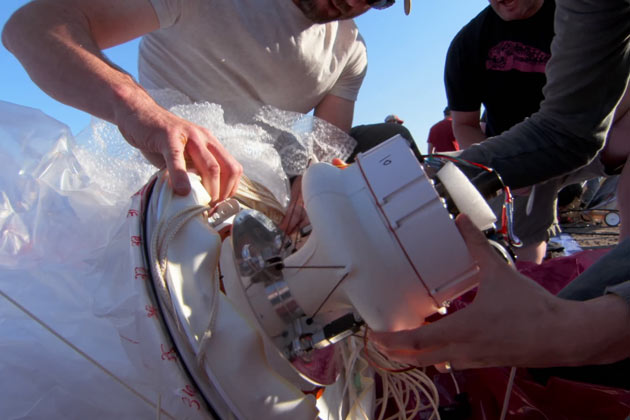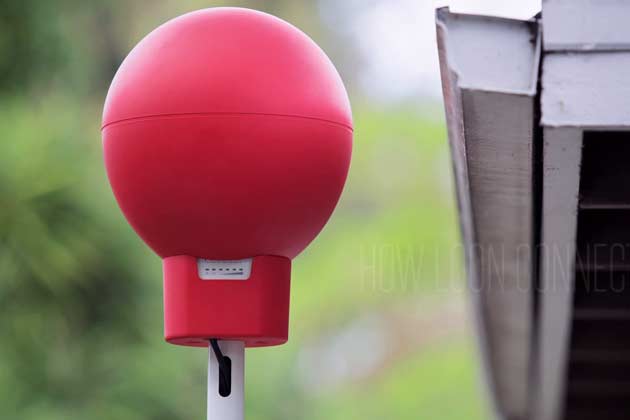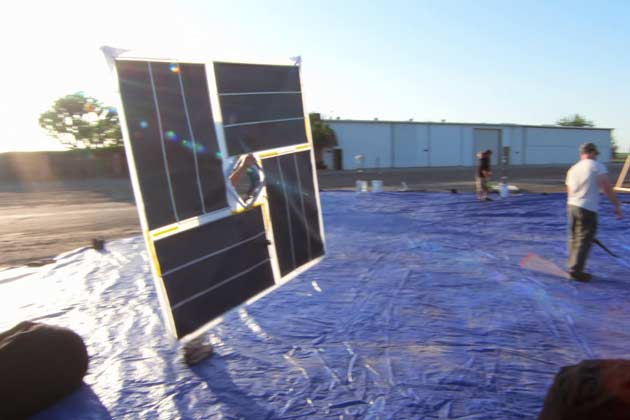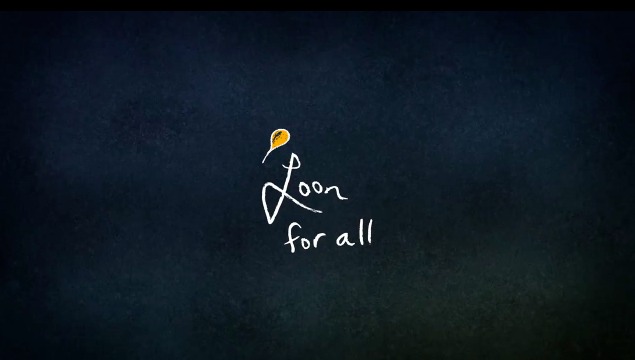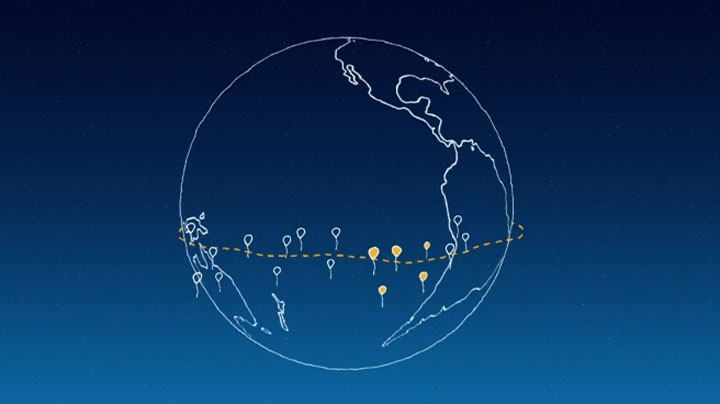Google Wants To Use Balloons To Provide Internet For All
Google has launched an ambitious plan to use a ring of huge balloons to provide internet to internet-less places on earth. Too much or too cool? Watch the video to decide.
Google X unveils internet balloon Project Loon
Festival Bunga dan Taman Putrajaya (Floria Putrajaya) 2013 kini bersedia sepenuhnya untuk menerima kunjungan peminat bunga-bungaan.
Artikel Penuh: http://www.utusan.com.my/utusan/Kota/20130622/wk_01/Floria-Putrajaya-2013-bermula#ixzz2WuJnQ49T
© Utusan Melayu (M) Bhd
The search giant wants to give everyone on earth Internet access, and it has a high-flying idea for how to accomplish it.
cnet.comStill in their experimental stage, the balloons were the first of thousands that Google's leaders eventually hope to launch 20 kilometers (12 miles) into the stratosphere in order to bridge the...
Project Loon looks to use a global network of high-altitude balloons to connect people in rural and remote areas who have no Internet access at all...
google.comGoogle has launched 30 balloons into the skies 20 kilometres above Canterbury, and has around 50 testers ready to try to connect to them.
tvnz.co.nzBalloons will get entire planet online!
The signals travel in the unlicensed spectrum, which means Google doesn't have to go through the onerous regulatory processes required for Internet providers using wireless communications networks or satellites.
Image via in.comIf successful, the technology might allow countries to leapfrog the expense of laying fibre cable, dramatically increasing Internet usage in places such as Africa and Southeast Asia.
Image via in.comGoogle's balloons fly free and out of eyesight, scavenging power from card table-sized solar panels that dangle below and gather enough charge in four hours to power them for a day as the balloons sail around the globe on the prevailing winds. Far below, ground stations with Internet capabilities about 100 kilometers (60 miles) apart bounce signals up to the balloons.
Image via in.comBecause the whole idea sounds a bit crazy, Google says, it’s calling this initiative “Project Loon.”
Image via ndtv.comThe company is still working on how it can apply this to a fleet of balloons "so that each balloon is in the area you want it right when you need it".
Image via wired.comThe solar-powered balloons, each about 15 metres in diameter, carry an almost 10kg payload of antennas, computers, batteries and navigation equipment, according to a report by Wired.
Image via indianweb2.comAccording to Google, in "more than half" of the countries in the southern hemisphere and for two out of three people on earth, internet access is far too expensive.
Image via ytimg.comGoogle wants to have a "ring of balloons, flying around the globe" to power its internet network. It has found a way to increase and decrease the altitude of balloons to take advantage of various wind directions.
Image via tvnz.co.nzIt was the culmination of 18 months' work on what Google calls Project Loon, in recognition of how wacky the idea may sound.
Crazy stuff happening around you? Facebook or Tweet us! We'll feature it on SAYS
JOIN THE GROWING COMMUNITY ON FACEBOOK: SAYS is Malaysia's social news network. Social media users from each country curate, contribute and...
 facebook.com
facebook.com
GET THE LATEST UPDATES ON TWITTER (@SAYSdotMY). SAYS is Malaysia's social news network. Get today's must-share stories, links & videos. Malaysia

